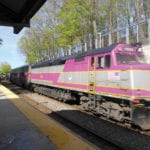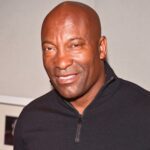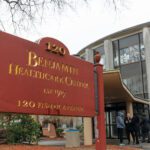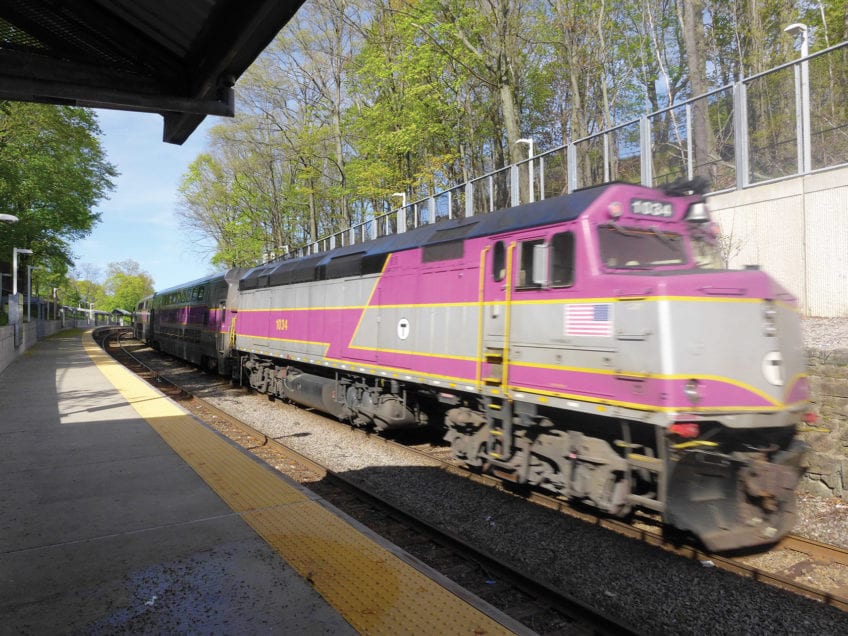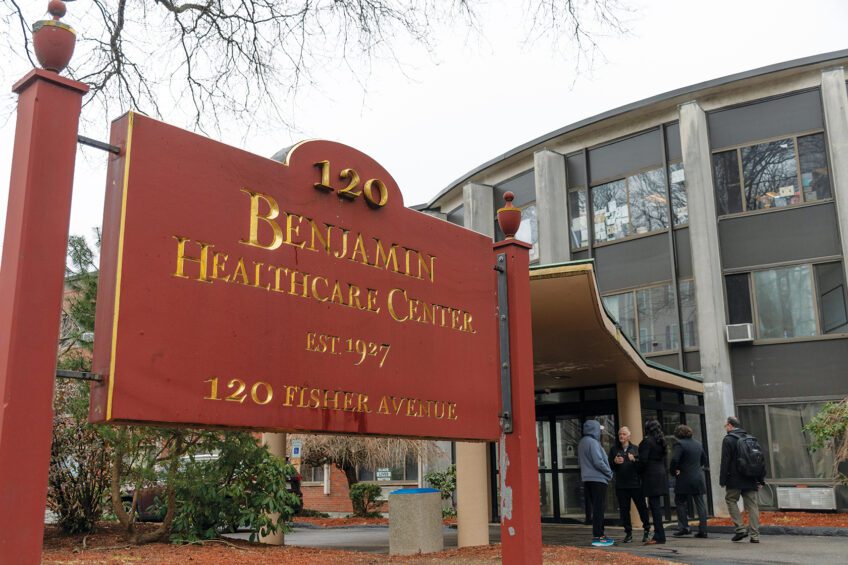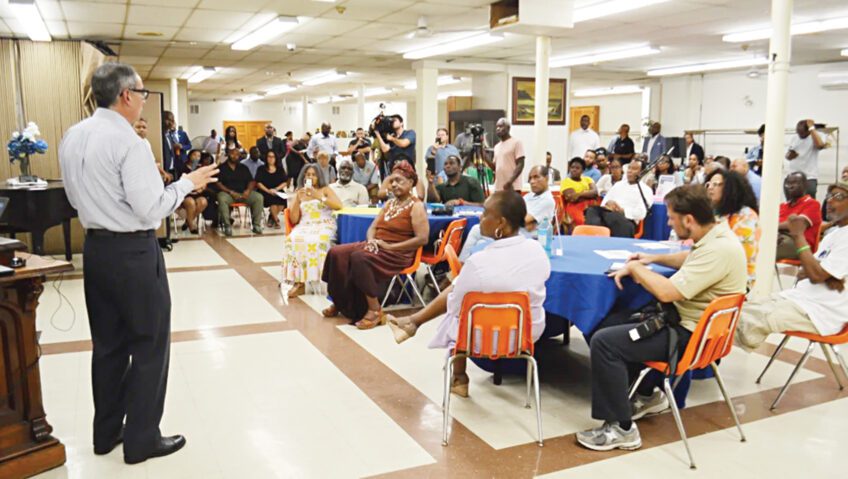Racial violence returns to Greater Boston area
Recent attacks mirror racial violence of the ’70s & ’80s
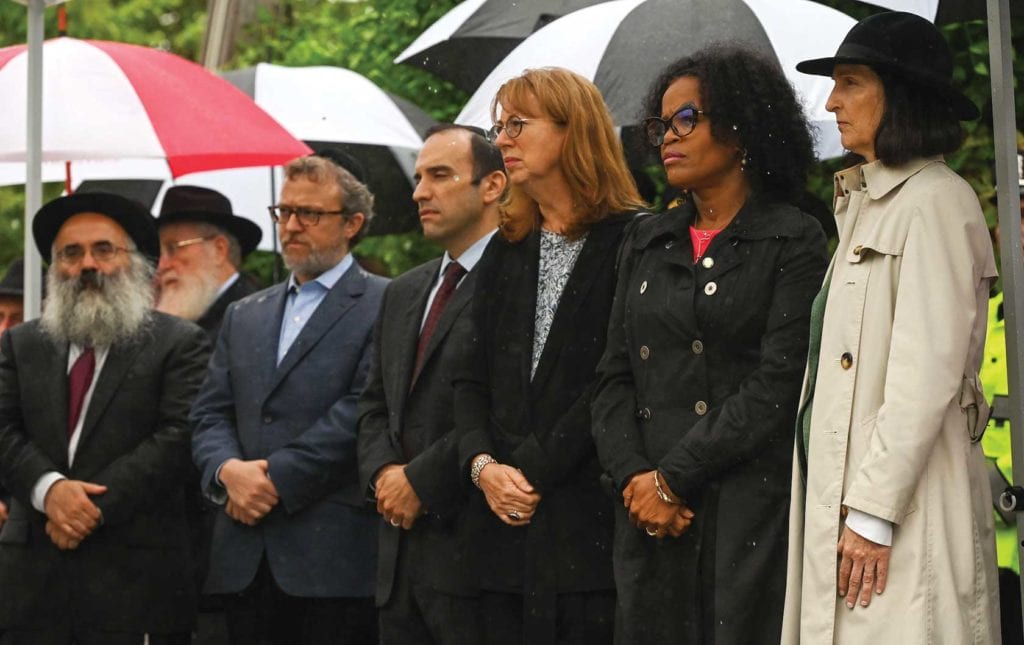
A June 26 double murder of a Black woman and man in Winthrop and the attempted murder of a rabbi in Brighton on July 1 brought a national wave of racially motivated violence to the Greater Boston area.
The Winthrop shooter, Nathan Allen, was shot dead by a police officers who responded to the scene after he had killed Air Force veteran Ramona Cooper and retired state trooper David Green.
Suffolk County District Attorney Rachael Rollins last Wednesday released excerpts of Allen’s diary entries, which included often violent screeds espousing hatred for Black people and referring to whites as “apex predators.”
“Racism is healthy and natural,” Allen wrote. “And holding it in is bad for you. Consider this my Rx. F**k n**gers.”
In the Brighton case, accused attacker Khaled Awad was charged with a hate crime in the stabbing of Rabbi Shlomo Noginski after a prosecutor argued he harbored anti-Jewish and anti-Christian views.
The incidents, though unconnected, raised the specter of racial violence in Boston, a city that has been relatively free of overt racial violence for several decades. In the current national climate that has seen a sharp increase in racially motivated violence, Blacks and Jews should be especially vigilant, said Boston NAACP President Tanisha Sullivan.
“I think it’s incumbent on all of us to be vigilant, aware, alert and responsive to these threats,” she said.
Boston’s troubled history
Prior to the Winthrop shooting, Boston had not seen a racially motivated killing since 1982, when a mob of whites chased William Atkinson onto the tracks at the Savin Hill Red Line station in Dorchester, where he was struck by a train.
Atkinson’s death came during a rash of heightened racial violence sparked in part by white backlash to the court-ordered desegregation of the city’s school system in the 1970s.
Incidents during the ’70s included the beating of 12 Black schoolchildren and a teacher who made the mistake of visiting the Bunker Hill Monument at a time when Charlestown teenagers wouldn’t tolerate their presence in the neighborhood, mobs of whites who clashed with Black and Latino residents of the Columbia Point housing project who sought access to Carson Beach, and Darryl Williams, a Black Jamaica Plain High School football player, who was left paralyzed by a bullet fired from the roof of a Charlestown tenement.
“You had all this violence that happened with desegregation,” said former state Rep. Byron Rushing. “It just kept going. By the ’80s, it had nothing to do with schools.”
After Atkinson’s murder, the violence in Dorchester was far from over. Just months later, in May of 1982, a Molotov cocktail aimed at the second story apartment of a Black family on Melbourne Street in Dorchester set the building alight while four children were home.
The racial strife of the ’70s and ’80s was general, from cross-burnings on the lawns of Black families in the suburbs to the 1977 attack on architect and urban planner Ted Landsmark on City Hall Plaza. The violence followed a predictable pattern of whites bristling at integration of the city’s and region’s historically segregated neighborhoods and responding with violence.
A national problem
The attacks that unfolded in the last two weeks are more a reflection of growing racial strife in the nation — racial animus stoked by four years of the Trump presidency. Hate crimes last year reached their highest number in more than a decade, according to FBI statistics. In 2019 a gunman killed 22 Latinos in El Paso, Texas, in one of the largest racially motivated massacres in recent American history.
In 2018, a gunman opened fire in the Tree of Life synagogue in Pittsburgh, killing 11 in the deadliest attack on Jews in United States history. In 2015, a gunman shot dead nine worshippers in the Emanuel African Methodist Episcopal Church in Charleston, South Carolina.
The racially motivated attacks on Black, Latino, Asian and Jewish Americans by white perpetrators has become a staple of American life at a time when the open expressions of racial animus that characterized decades past in Boston are for many a distant memory. That these attacks happened here should serve as a wakeup call, said state Rep. Russell Holmes.
“It’s clear that this undercurrent isn’t just happening in Republican states,” he said. “Folks are being radicalized online. Clearly, we should all be worried.”
In Brighton, public officials including acting Mayor Kim Janey gathered with members of the Jewish community in the wake of the attack there to denounce antisemitic violence. In Winthrop, members of the predominantly white community held a vigil for Cooper and Allen.
While Blacks, Jews, Latinos and Asians may feel significantly less safe in the midst of what appears to be a surge in racial violence, Rushing says the communities in which the attacks are happening are generally safer than Boston’s predominantly white neighborhoods were in decades past. Given the outpouring of support in Winthrop, they may be a lot more welcoming, too.
“You didn’t get that in the ’70s and ’80s,” he said of the Winthrop rally. “I don’t remember a white community organizing around an unjust killing or beating. That wasn’t happening.”

